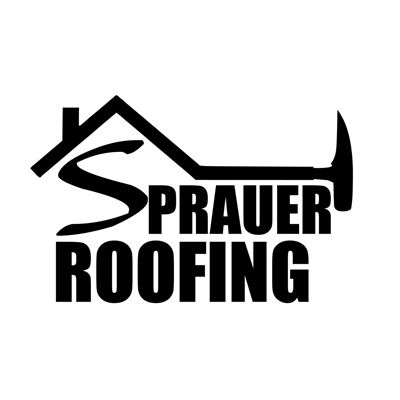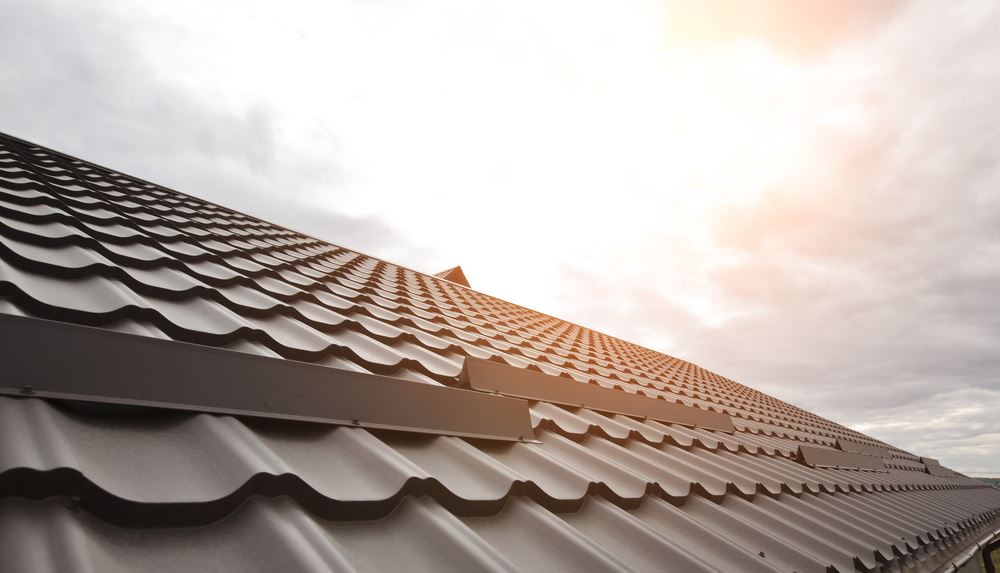As homeowners, residential roofing insurance is a crucial aspect of protecting your investment. It safeguards your home from unexpected damages caused by natural disasters, accidents, or other unforeseen events. This comprehensive guide will explain the ins and outs of roofing insurance, helping you make an informed decision about your coverage needs.
Understanding Residential Roofing Insurance
What is Residential Roofing Insurance?
Residential roofing insurance is a type of coverage specifically designed to protect homeowners from the financial burden of repairing or replacing a damaged roof. This insurance typically covers damages caused by events such as storms, hail, wind, fire, and vandalism.
Why is Roofing Insurance Important?
A roof is one of the most critical components of a home. It protects the structure and its contents from the elements, so it’s crucial to have the proper insurance coverage in place. Without adequate coverage, homeowners may face substantial out-of-pocket expenses to repair or replace a damaged roof. Additionally, having roofing insurance can also provide peace of mind, knowing that your home is protected in the event of an unexpected incident.
Types of Residential Roofing Insurance
Homeowners Insurance (H3)
Homeowners insurance is a comprehensive policy that covers various aspects of a home, including the roof. It typically covers damages caused by events such as fire, windstorms, hail, lightning, and vandalism. However, it’s essential to understand that not all homeowners insurance policies are the same, and coverage limits may vary. Be sure to review your policy carefully and discuss any concerns with your insurance agent to ensure your roof is adequately protected.
Dwelling Coverage
Dwelling coverage is a specific part of a homeowners insurance policy that covers the structure of your home, including the roof. This coverage can help pay for repairs or replacement if your roof is damaged or destroyed due to a covered peril. It’s important to note that dwelling coverage may have limits, so it’s crucial to review your policy and ensure you have enough protection for your home’s value and roof replacement cost.
Roof-Specific Insurance
Some insurance companies offer roof-specific insurance policies that provide additional coverage for your roof. These policies may offer higher coverage limits, a broader range of covered perils, or more favorable terms for roof repairs and replacements. Roof-specific insurance can be an excellent option for homeowners with older roofs or those who want more comprehensive protection for their roof.
Understanding Roofing Insurance Coverage
Covered Perils
Insurance policies typically cover specific perils or events that can cause damage to your roof. Some common covered perils include:
- Windstorms and hail
- Fire and lightning
- Vandalism
- Falling objects, such as tree branches
- Weight of ice, snow, or sleet
It’s essential to review your policy to understand which perils are covered and any exclusions or limitations.
Exclusions and Limitations
While residential roofing insurance provides valuable protection, it’s essential to be aware of potential exclusions and limitations. Some common exclusions and limitations include:
Normal wear and tear: Insurance policies generally do not cover damage resulting from the aging process or lack of maintenance.
Cosmetic damage: Some policies may exclude or limit coverage for purely cosmetic damages that do not impact the roof’s functionality.
Certain roofing materials: Some insurance companies may exclude or limit coverage for specific roofing materials, such as wood shakes or slate tiles, due to their higher susceptibility to damage.
Floods and earthquakes: These natural disasters are typically not covered under standard homeowners insurance policies and may require separate policies.
Always review your policy thoroughly and consult with your insurance agent to understand any exclusions or limitations.
Roof Replacement vs. Repair
Factors That Influence Coverage
When determining whether your insurance will cover a roof repair or replacement, several factors come into play:
Cause of damage: If the damage is due to a covered peril, your insurance policy is more likely to cover the costs.
Age of the roof: Older roofs may have limited coverage or depreciated value, which could affect the amount your insurance will cover.
Roof maintenance: Properly maintained roofs are more likely to receive full coverage, as insurers may deny claims for roofs with pre-existing damage or poor maintenance.
Actual Cash Value vs. Replacement Cost
Insurance policies may offer coverage based on either the actual cash value (ACV) or the replacement cost of your roof. The difference between these two options is crucial when filing a claim:
Actual Cash Value: ACV coverage takes into account the age and condition of your roof, meaning that the payout will be reduced based on depreciation. With ACV coverage, you may not receive enough funds to fully cover the cost of a new roof.
Replacement Cost: This coverage option provides funds to repair or replace your roof without factoring in depreciation. It offers more comprehensive protection, ensuring that you receive enough money to cover the full cost of a new roof.
When selecting your insurance policy, consider whether an actual cash value or replacement cost coverage best suits your needs.
Conclusion
Understanding residential roofing insurance is essential for homeowners who want to protect their investment and ensure that their home is covered in the event of unexpected damages. By familiarizing yourself with the types of coverage, covered perils, and potential exclusions, you can make an informed decision about your roofing insurance needs. Always review your policy carefully and consult with an insurance professional to guarantee that your home and roof are adequately protected.
Frequently Asked Questions (FAQs)
- Does homeowners insurance always cover roof damage?
Homeowners insurance typically covers roof damage caused by covered perils such as wind, hail, fire, and vandalism. However, coverage may vary depending on your specific policy, so it’s essential to review your policy and consult with your insurance agent.
- How can I ensure that my roof is adequately covered by insurance?
To ensure your roof is adequately covered, review your insurance policy for coverage limits, exclusions, and limitations. Consider discussing your coverage needs with an insurance professional, and explore options such as roof-specific insurance or higher coverage limits if necessary.
- What should I do if my roof is damaged and I need to file a claim?
If your roof is damaged, contact your insurance company as soon as possible to report the incident. Provide detailed information about the damage and, if possible, take photos or videos to document the situation. An insurance adjuster will likely inspect your roof to assess the damage and determine the coverage available under your policy.
- How can I maintain my roof to ensure maximum coverage from my insurance?
Regular roof maintenance is crucial to ensure maximum coverage from your insurance. Some essential maintenance tasks include:
- Inspecting your roof for damage or signs of wear and tear at least twice a year.
- Cleaning gutters and downspouts to prevent water damage.
- Removing debris, such as leaves and branches, from your roof.
- Trimming overhanging tree branches to minimize the risk of damage from falling limbs.
- Addressing any minor issues, such as missing or damaged shingles, promptly.
5. Can I get coverage for my roof if it is older or made of specific materials?
While some insurance companies may limit or exclude coverage for older roofs or specific roofing materials, it is still possible to find coverage. You may need to explore options such as roof-specific insurance or work with an insurance company that specializes in covering high-risk properties. It’s essential to shop around and consult with insurance professionals to find a policy that meets your needs.

